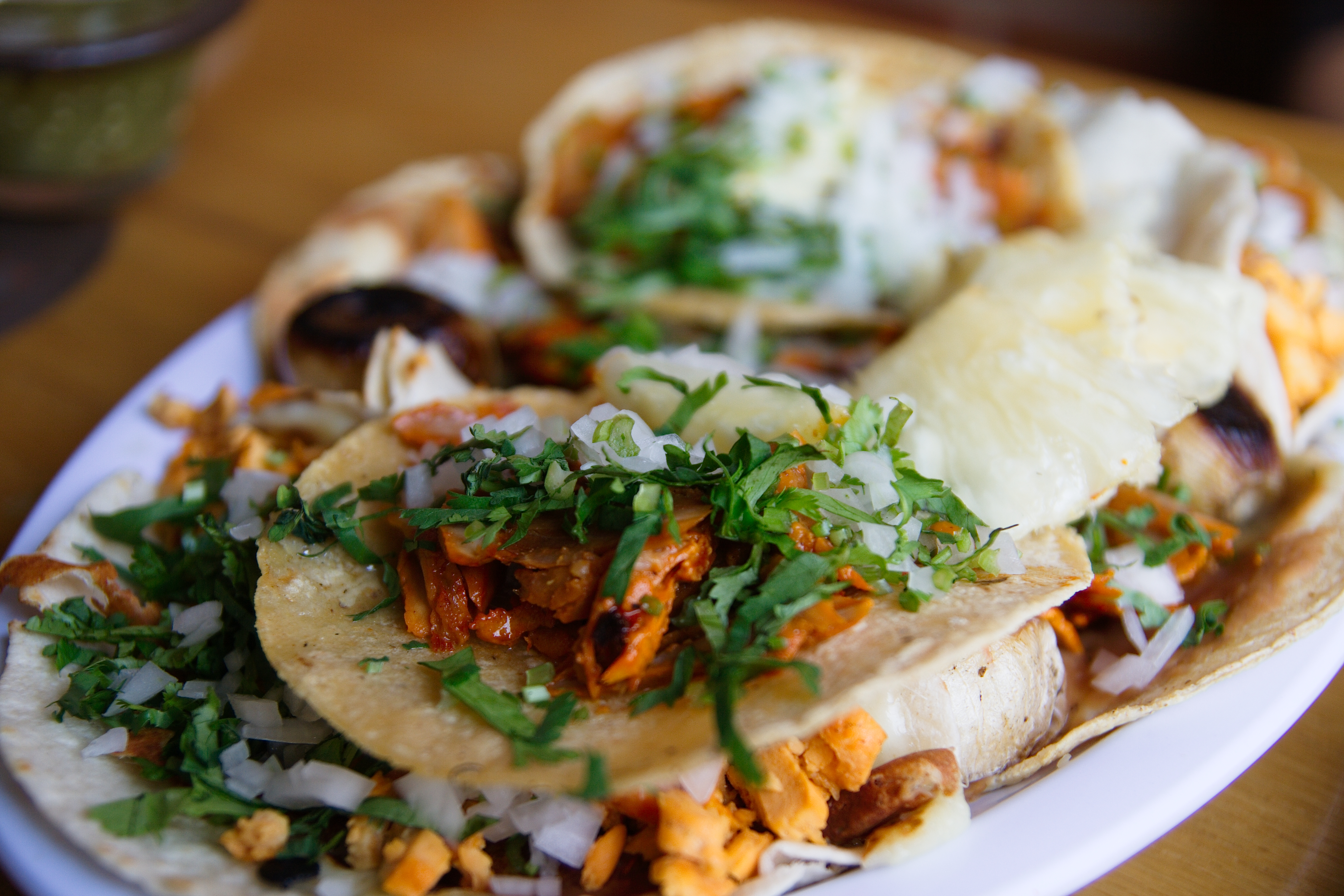|
Nokia N-Gage
The N-Gage is a smartphone combining features of a mobile phone and a handheld game system developed by Nokia, announced on 4 November 2002 and released on 7 October 2003. It runs the original Series 60 platform on Symbian OS v6.1. N-Gage attempted to lure gamers away from the Game Boy Advance by including telephone functionality. This was unsuccessful, partly because the buttons, designed for a telephone, were not well-suited for gaming. The original N-Gage was described as resembling a taco, which led to its mocking nickname "taco phone". Nokia introduced the N-Gage QD in 2004 as a redesign of the original "Classic" N-Gage, fixing widely criticized issues and design problems. However, the new model was unable to make an impact, and with only 2 million units sold in its two years, the N-Gage and its QD model were a commercial failure, unable to challenge their Nintendo rival. The N-Gage was discontinued in February 2006, with Nokia moving its gaming capabilities onto selecte ... [...More Info...] [...Related Items...] OR: [Wikipedia] [Google] [Baidu] |
Nokia
Nokia Corporation (natively Nokia Oyj, referred to as Nokia) is a Finnish multinational corporation, multinational telecommunications industry, telecommunications, technology company, information technology, and consumer electronics corporation, established in 1865. Nokia's main headquarters are in Espoo, Finland, in the greater Helsinki Greater Helsinki, metropolitan area, but the company's actual roots are in the Tampere region of Pirkanmaa.HS: Nokian juuret ovat Tammerkosken rannalla (in Finnish) In 2020, Nokia employed approximately 92,000 people across over 100 countries, did business in more than 130 countries, and reported annual revenues of around €23 billion. Nokia is a public limited company listed on the Helsinki Stock Exchange and New York Stock Exchange. [...More Info...] [...Related Items...] OR: [Wikipedia] [Google] [Baidu] |
Taco
A taco (, , ) is a traditional Mexican food consisting of a small hand-sized corn- or wheat-based tortilla topped with a filling. The tortilla is then folded around the filling and eaten by hand. A taco can be made with a variety of fillings, including beef, pork, chicken, seafood, beans, vegetables, and cheese, allowing for great versatility and variety. They are often garnished with various condiments, such as salsa, guacamole, or sour cream, and vegetables, such as lettuce, onion, tomatoes, and chiles. Tacos are a common form of antojitos, or Mexican street food, which have spread around the world. Tacos can be contrasted with similar foods such as burritos, which are often much larger and rolled rather than folded; taquitos, which are rolled and fried; or chalupas/ tostadas, in which the tortilla is fried before filling. Etymology The origins of the taco are not precisely known, and etymologies for the culinary usage of the word are generally theoretical. ''Taco'' in ... [...More Info...] [...Related Items...] OR: [Wikipedia] [Google] [Baidu] |
Nokia Series 60
The S60 Platform (formerly Series 60 User Interface) was a software platform for smartphones that runs on top of the Symbian operating system. It was created by Nokia based on the 'Pearl' user interface from Symbian Ltd. It was introduced at COMDEX in November 2001 and first shipped with the Nokia 7650 smartphone. The platform has since seen 5 updated editions. Series 60 was renamed to ''S60'' in November 2005. In 2008, the Symbian Foundation was formed to consolidate all the assets of different Symbian platforms (S60, UIQ, MOAP), making it open source. In 2009, based on the code base of S60, the first iteration of the platform since the creation of Symbian Foundation was launched as S60 5th Edition, or Symbian^1, on top of Symbian OS 9.4 as its base. Subsequent iterations were named Symbian^2 (Japanese market only) and Symbian^3. The S60 software was a multivendor standard for smartphones that supports application development in Java MIDP, C++, Python and Adobe Flash. ... [...More Info...] [...Related Items...] OR: [Wikipedia] [Google] [Baidu] |
Personal Digital Assistant
A personal digital assistant (PDA), also known as a handheld PC, is a variety mobile device which functions as a personal information manager. PDAs have been mostly displaced by the widespread adoption of highly capable smartphones, in particular those based on iOS and Android. A PDA has an electronic visual display. Most models also have audio capabilities, allowing usage as a portable media player, and also enabling many of them to be used as telephones. Nearly all modern PDAs can access the Internet, intranets or extranets via Wi-Fi or Wireless WANs, letting them include a web browser. Sometimes, instead of buttons, PDAs employ touchscreen technology. The first PDA, the Organiser, was released in 1984 by Psion, followed by Psion's Series 3, in 1991. The latter began to resemble the more familiar PDA style, including a full keyboard. The term ''PDA'' was first used on January 7, 1992 by Apple Inc. CEO John Sculley at the Consumer Electronics Show in Las Vegas, Nevad ... [...More Info...] [...Related Items...] OR: [Wikipedia] [Google] [Baidu] |
Internet
The Internet (or internet) is the global system of interconnected computer networks that uses the Internet protocol suite (TCP/IP) to communicate between networks and devices. It is a '' network of networks'' that consists of private, public, academic, business, and government networks of local to global scope, linked by a broad array of electronic, wireless, and optical networking technologies. The Internet carries a vast range of information resources and services, such as the inter-linked hypertext documents and applications of the World Wide Web (WWW), electronic mail, telephony, and file sharing. The origins of the Internet date back to the development of packet switching and research commissioned by the United States Department of Defense in the 1960s to enable time-sharing of computers. The primary precursor network, the ARPANET, initially served as a backbone for interconnection of regional academic and military networks in the 1970s to enable resource shari ... [...More Info...] [...Related Items...] OR: [Wikipedia] [Google] [Baidu] |


_-_Computer_History_Museum.jpg)